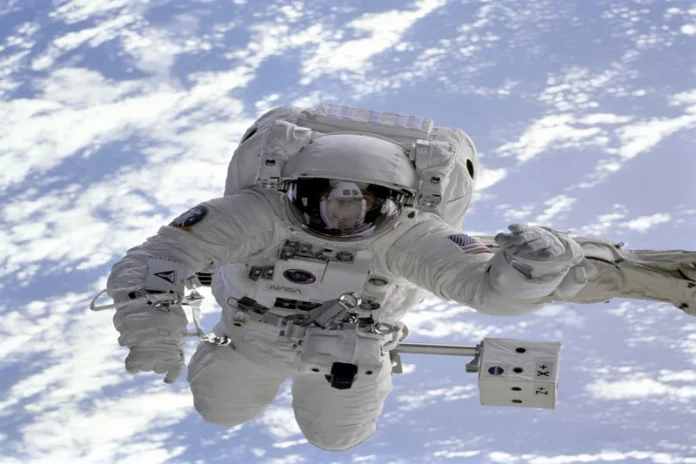Astronauts Butch Wilmore and Sunita Williams returned to Earth after what was supposed to be a eight-day trip to the International Space (ISS) Station turned into nine months. The capsule carrying NASA’s stuck astronauts departed from the International Space Station for the trip back to Earth, on Tuesday.
The two veteran astronauts and US Navy test pilots, became the first humans to test-fly Boeing’s Starliner spacecraft to the ISS in June last year. But problems with Starliner’s propulsion system during the flight forced an extension of their planned eight-day stay as NASA deemed it too risky for them to fly home on the craft, which returned to Earth empty. In order to bring the stranded astronauts home, a SpaceX Dragon spacecraft with a replacement crew arrived at the ISS at 1:35 am Eastern time on Sunday. There are several health challenges astronauts face due to long duration space travel such as bone and muscle deterioration, radiation exposure and vision impairment in addition to the psychological toll of isolation. They face difficulty in walking, having bad eyesight, dizziness and a condition called baby feet, where space travelers lose the thick part of the skin on the soles that become soft like that of a baby.
Rihana Bokhari, an assistant professor at the Centre for Space Medicine at Baylore College as per a by NDTV, said Wilmore and Williams’ stay is “par for the course.” The lack of gravity in space leads to bone density loss and muscle loss according to a by Indian Express. The body looses bone density at a rate of about 1 percent per month which increases the risk of fractures. While muscles, particularly in the legs and back, weaken due to lack of use. In order to counteract this astronauts exercise 2.5 hours everyday using three exercise machines aboard the ISS. These machines include a resistance device that simulates free weights using vacuum tubes and flywheel cables.
They take dietary supplements to support bone health. Emmanuel Urquieta, vice chair of Aerospace Medicine at the University of Central Florida said that balance distribution is another concern as per the NDTV report.
Astronauts must retrain their bodies during NASA’s 45-day post-mission
rehabilitation program. Gravity normally pulls bodily fluid downwards in space this gets redistributed towards the upper body leading to puffy face,
increased intracranial pressure and vision problems. Compared to on Earth, radiation levels on the ISS are higher as it travels through the Van Allen radiation belt.
“Astronauts returning to Earth often experience dizziness when standing up, known as orthostatic hypotension. This occurs because gravity on the Earth is stronger than in space, and it is more difficult to deliver blood from the heart to the head,” Japanese space agency JAXA said. NASA aims to limit astronauts’ increased lifetime cancer risk to within three percent. But missions to the Moon and Mars will subject astronauts to far greater exposure.
Canadian astronaut Chris Hadfield reported to have experienced a weight less tongue on his return from a stint at the International Space Station in 2013. “Right after I landed, I could feel the weight of my lips and tongue and I had to change how I was talking. I hadn’t realized that I learned to talk with a weightless tongue,” Hadfield had said. Astronauts may also be more susceptible to infection and illness due to a suppressed immune system. “While we see that immune cells do not behave in the way they should in space, so far we haven’t had any severe infection on board the Space Station, so cell altered behavior is not directly transferable to immune protection,”
European Space Agency’s flight surgeon Sergi Vaquer said in a blog post on the agency’s website.
Extended periods of space travel take a psychological toll too. A psychologist at Embry-Riddle Aeronautical University Joseph Keebler says it is crucial to prevent fighting among the teams. “Imagine being stuck in a van with anybody for three years: these vessels aren’t that big, there’s no privacy, there’s no backyard to go to,” he said.



